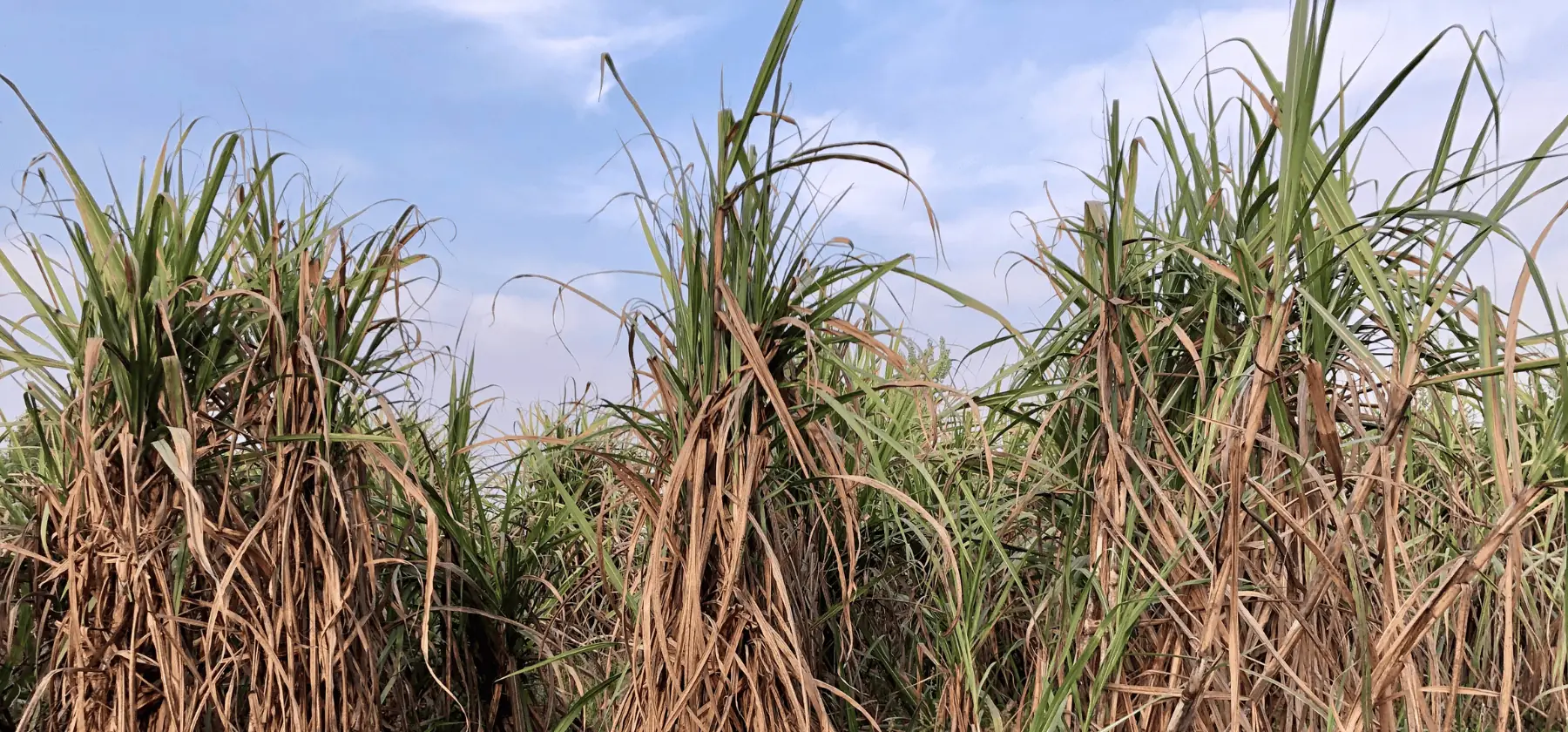Long-lasting unfavourable weather conditions in Thailand and India have put pressure on global raw sugar availability, leading the market to believe that raw sugar availability for the upcoming first quarter will be the lowest since 2016, underscoring the world’s increasing reliance on CS Brazil.
In Thailand, dry weather conditions, attributed to the El Niño effect, have adversely impacted cane growth. The rainfall deficit in key producing regions is significantly below the average, leading to concerns that the cane might not be fully mature by the time harvesting begins in December; only July experienced favourable conditions for sugar development. Inadequate rainfall can potentially cause a significant drop in production and exports. Market speculations indicate Thai exports might plummet to a mere 1.7 MMT, approximately 70% less than the current 22/23 exports.
India mirrors this predicament, the weak revival of the monsoon in September further exacerbates concerns about the maturity of the cane. India’s crop outlook is particularly concerning; if production hits 31.5 MMT, market rumours suggest exports could be limited to just 2 MMT, a drastic 66% reduction from the 22/23 season. The government might only permit these exports after May next year. A production below this threshold could lead to a complete halt in exports for the upcoming year, further driving up prices.
In contrast, with Brazil’s production nearing an unprecedented 40 million tonnes, Brazilian mills are grappling with storage challenges. Both inland storage systems and ports are saturated, suggesting that Brazil will carry over significant sugar stocks into the first half of next year, a period already marked by supply anxieties.
While this overflow could hint at bearish price trends, given Brazil’s potential to compensate for shortfalls from India and Thailand, the real uncertainty hinges on the efficiency of Brazilian port operations to meet Q1 2024 market demands. This logistical bottleneck keeps prices elevated for the time being – A single disruption, such as a blockade at Santos port, could severely destabilise the sugar market. Current price levels are adeptly managing demand, with Sugar No. 11 (raw) being up to ¢26,55 /lb, and Sugar No. 5 (white) left unchanged at $744,7 /mt.
With these market predicaments out in the open, it’s likely that they have already been factored in the current prices. Therefore, a significant increase in sugar prices in the near future seems unlikely, especially considering they haven’t reached these levels since 2010.
Start a free trial for more insights on the global sugar market, including the latest European sugar prices per country.
Also take a look at our free to use sugar calculators, to for example calculate the import parity for raw sugar.
